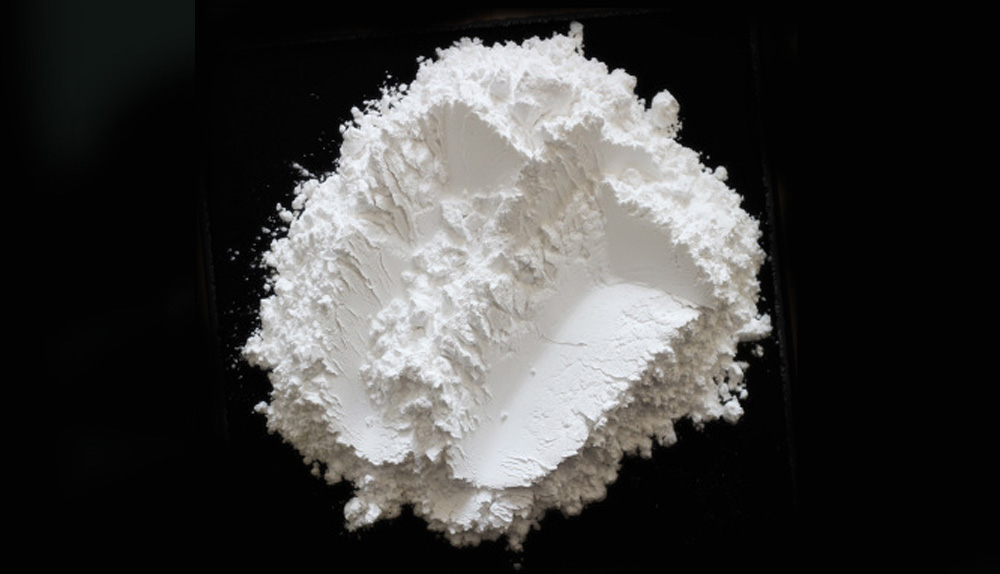Polyvinylidene fluoride, referred to as PVDF, PVDF lithium ion battery binder is made of resin by adding some additives with specific properties, by injection molding or extrusion and other processing processes and polymers, is a highly non-reactive thermoplastic fluoropolymer, is a semi-crystalline fluoropolymer. Because of its good mechanical strength, chemical stability, electrochemical stability, thermal stability and good affinity to electrolyte, PVDF has always attracted much attention. Resin polyvinylidene fluoride (PVDF) has both fluorinated resin and general resin characteristics, has excellent comprehensive performance, is an important part of the positive and negative electrode of chemical power supply, the performance of the electrode and even the whole battery. It has a great influence on battery capacity, cycle life, internal resistance, rapid charging internal pressure, etc.

The role and performance of binder
(1) Ensure the uniformity and safety of pulping of active substances.
(2) to the active substance particles bonding.
(3) The active substance is bonded to the collector fluid.
(4) Maintain the bonding between active substances and aggregates.
(5) It is beneficial to form SEI film on the surface of carbon material (graphite).
PVDF binder used to prepare lithium ion batteries has the following characteristics:
Polyvinylidene fluoride is a semi-crystalline polymer with high crystallinity and high melting temperature. Therefore, under the usual use temperature of the battery, PVDF's crystallinity makes it difficult for molecules with electrolytic liquid to circulate, and the charge and discharge load increases. When the drying rate of the battery is not suitable, the shrinkage rate of PVDF is different from that of the collector, and the coating containing active substances will be separated from the collector. In the process of use, with the migration of time, due to the internal stress of the electrode, the electrode mixture layer is partially or completely stripped from the collector, resulting in poor load characteristics, resulting in capacity deterioration.
PVDF homopolymer has the above problems. Through in-depth research and test, PVDF copolymer was introduced to prepare by introducing a small amount of polar monomer and VDF copolymerization in the polymerization process. PVDF copolymer with polar groups can greatly improve the bonding performance of the binder, prevent electrode shedding, significantly reduce the binder content, give the battery higher energy density, smaller internal resistance, bring higher energy density, better power performance and longer cycle time.
Influence factors of binder on battery performance
(1) reaction between binder and electrode.
(2) Influence of binder on low temperature performance of battery.
(3) synergy of binder, active substance and conductive agent.
(4) exothermic reaction of binder.
(5) lithium ion and electron conduction in the binder.
(6) Influence of adhesive and collector adhesion on battery performance.
(7) The influence of electrode preparation method on battery performance.
(8) The influence of impurities in the binder on the battery performance.
The characteristics of lithium ion battery is that with the charging and discharging process, the lithium in the active material embedded -- release causes the expansion and contraction of the active material (such as graphite layer spacing change reached 10% to 11%), which requires that the binder can play a buffer role. Second, the electrode of the lithium-ion battery can be heated up to 200℃during the drying process, and the binder must be able to withstand such a high temperature.
In the production of electrode, the selection of binder is very important, its performance directly affects the performance of electrode. The use of binder generally requires small ohm resistance, stable performance in the electrolyte, no expansion, no loose and powder does not fall off. Polytetrafluoroethylene (PTFE), polyvinylidene fluoride (PVDF), polyvinylidene fluoride and hexafluoropropylene copolymer (PVDF-HFP) is commonly used as binder for electrode materials of lithium ion batteries.
Generally speaking, when the relative molecular weight of the binder is low, it has a low melting point and a low viscosity. Although it can adhere well to the active material, the adhesive force is not high. When the relative molecular mass of the binder is large, it is difficult to dissolve in organic solvents, the melting point and viscosity are high, and it has a large cohesive force, but not enough adhesion properties. Therefore, it is necessary to choose a binder with a suitable relative molecular mass in order to have both good adhesion and good cohesion.
In the preparation process of lithium batteries, the binder is required to have good flexibility. The flexibility of the binder reflects the difficulty of the movement of the macromolecular chain. The greater the polarity of the substituent group on the molecular chain of the binder, the greater the interaction force, and the movement of the molecular chain is hindered, the flexibility is poor, and the polarity is poor. The more substituted groups, the worse the flexibility, such as PTFE, FEP.
TOB offers battery binders used in Lithium-ion battery making process. Including PVDF, SBR, CMC and PTFE.